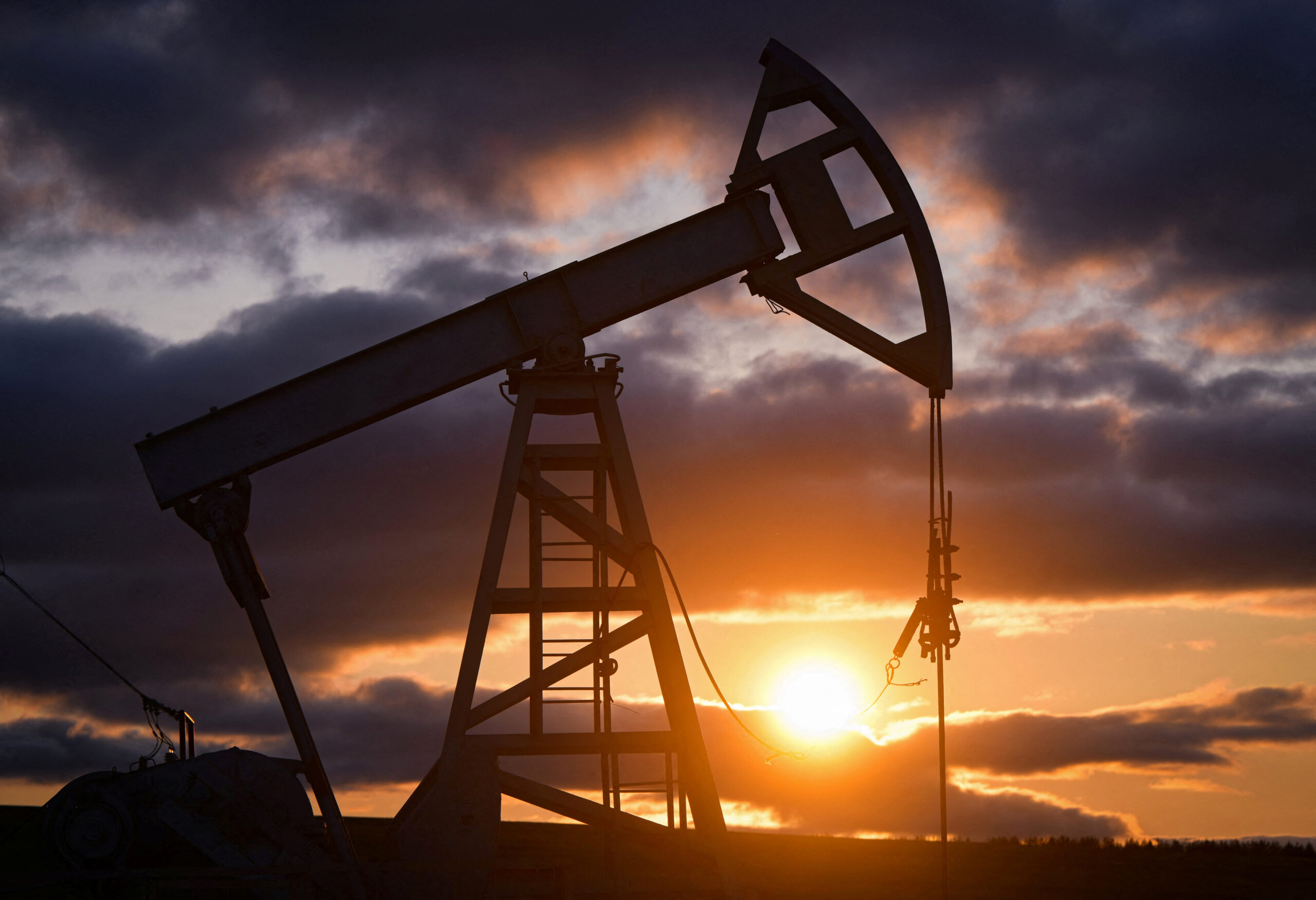
Oil prices are on the rise as attacks on Russian energy facilities escalate.
Brent crude oil, a key benchmark, edged close to $86 per barrel on Monday, continuing its upward trend from last week. This increase comes as Ukraine intensifies its strikes on Russian energy infrastructure
Futures for Brent crude oil delivery in May rose by 62 cents, or 0.7%, reaching $85.96 a barrel by 1019 GMT. Meanwhile, the April contract for U.S. West Texas Intermediate (WTI) crude saw an increase of 70 cents, or 0.9%, at $81.74, albeit in sluggish trading as the contract approaches expiry. The more active May delivery contract for WTI crude traded up 71 cents, or 0.9%, at $81.29
Vandana Hari, founder of oil market analysis provider Vanda Insights, noted that the strikes on Russian refineries have added a risk premium of $2-$3 per barrel to crude prices last week. This risk premium persists as more attacks occurred over the weekend, including one that caused a brief fire at the Slavyansk refinery in Kasnodar, which processes about 170,000 barrels of crude oil per day
Analysis revealed that the attacks have temporarily shut down approximately 7% of Russian refining capacity in the first quarter. These refining facilities play a crucial role in processing and exporting crude varieties to various markets, including China and India.
The focus for the week remains on potential changes to monetary policy in major economies. Many central banks have maintained high interest rates to tackle persistent inflation. The outcome of the U.S. Federal Reserve’s two-day meeting ending on Wednesday is expected to provide clarity on the timing of interest rate adjustments, according to Tony Sycamore, a market analyst with IG.
It is likely that the Fed will maintain rates unchanged this month, although the possibility of an interest rate cut at the June meeting is now seen as a toss-up, Sycamore added. Lower interest rates could stimulate demand in the U.S., the world’s largest oil consumer, thereby supporting oil prices.
Last week, both oil contracts recorded gains, reaching their highest levels since November. This was partly fueled by the International Energy Agency’s upward revisions to its 2024 demand outlook, marking the fourth time since November.
